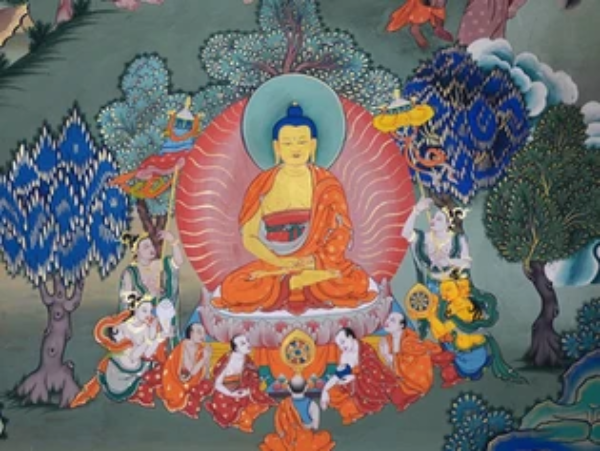Every night we enter a mysterious unknown dreamworld that often leaves us with so many questions: How are dreams made? Do dreams have meaning? How can I control my dreams? What is lucid dreaming?
In this article, we will talk about dreams, dream yoga practice, why dreaming is important for a spiritual development, and what is lucid dreaming. Stay tuned.

How dream are made?
On average, a person spends two hours dreaming every night. The time of dreaming is decreasing with age. An interesting fact is that the body is more relaxed in the dream state than in the non-dreaming state.
Dreaming is important, but why?
It is a mystery. Scientists still haven’t found the answer to this question. Every night we enter an unknown world.
Dreaming is a right-brain activity, and virtually all dreams are accompanied by rapid eye movements. There are several types of dreams, including nightmares, lucid (or clear light) dreams, samsaric (or karmic) dreams which are influenced by everyday life events, dreams of clarity, daydreams, and false awakening dreams.
Dreams can represent a sort of simulation of reality, providing the possibility to create a new scenario with emotional mastery elements to cope with past, current, or future problems in your life. Dreams are a gateway into your subconscious mind. Simply recording your dreams gives you insight into what’s going on in your mind.
Every dream offers us an opportunity for healing and spiritual practice.
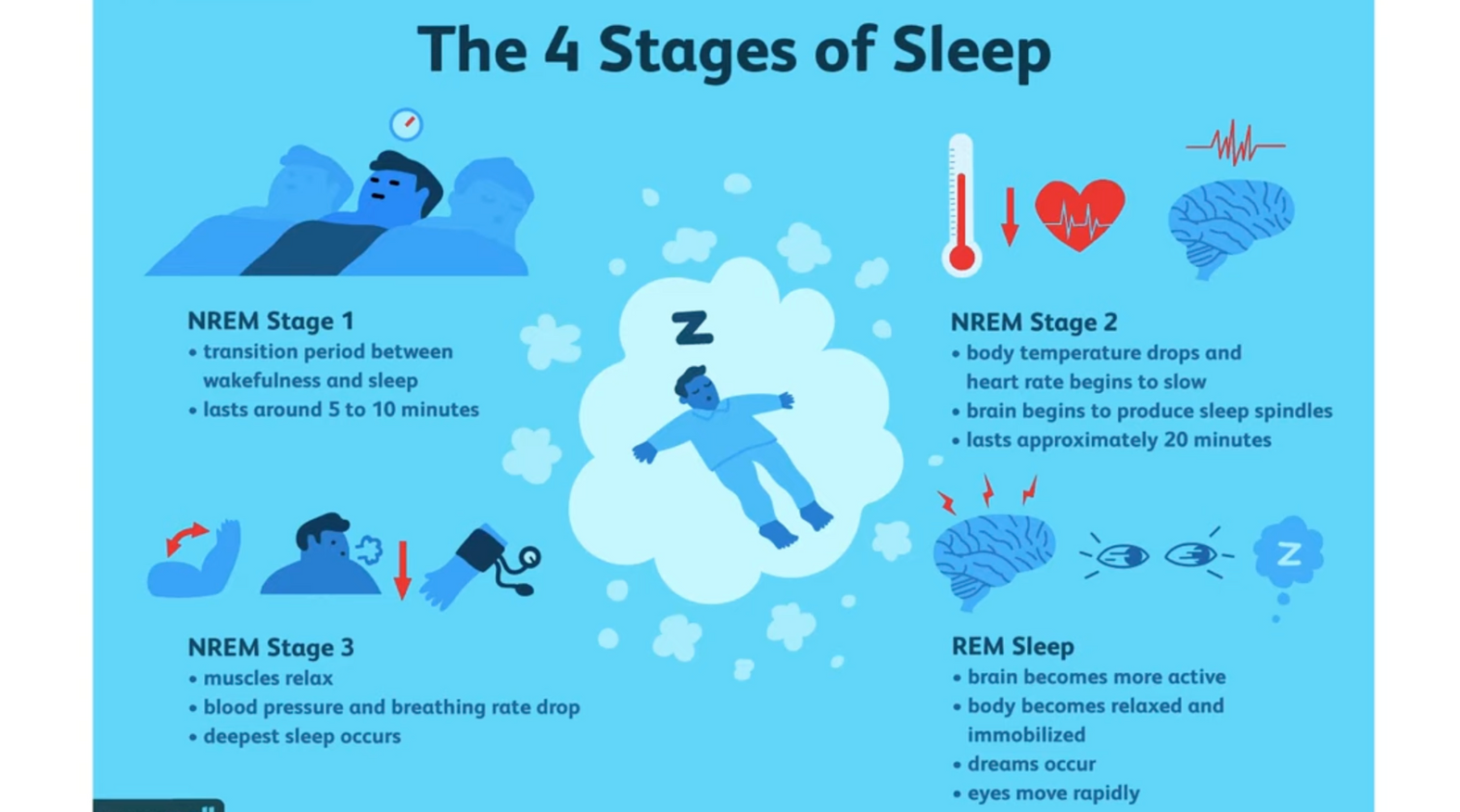
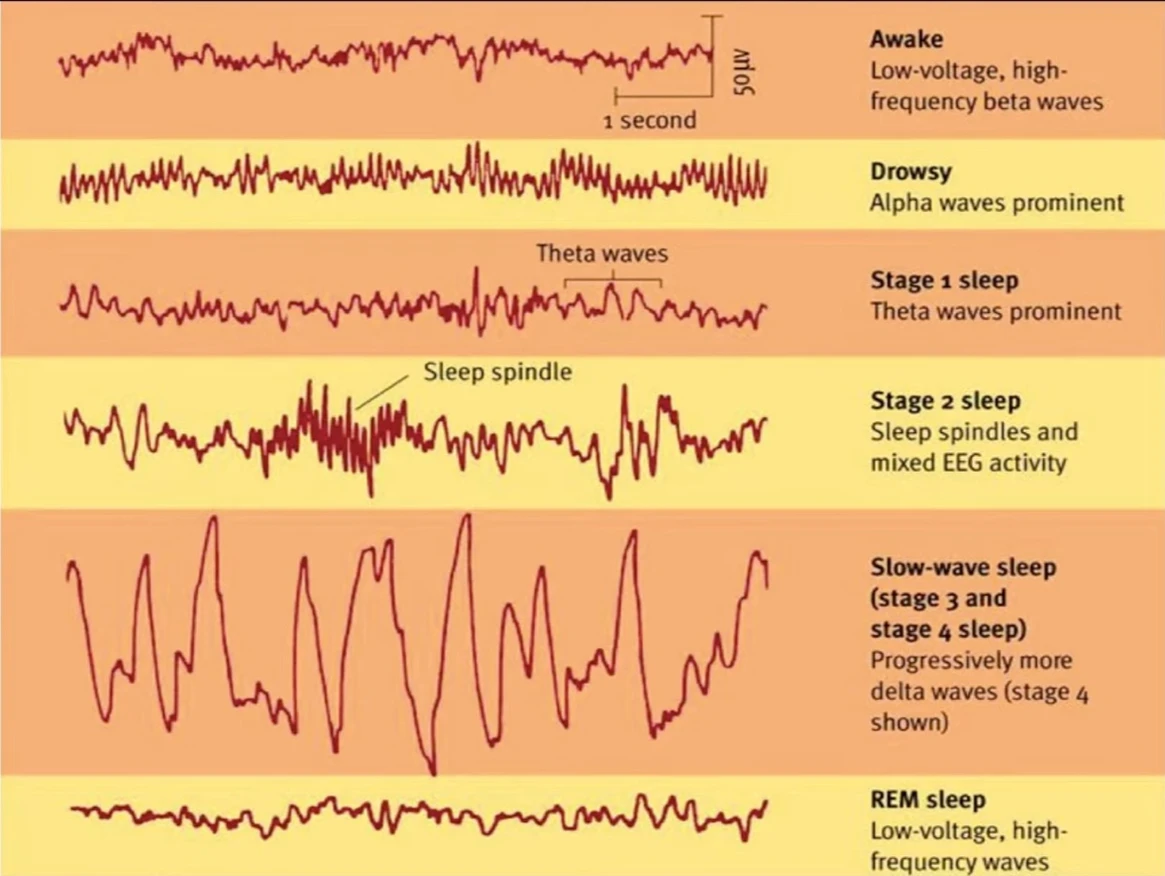
Dreaming is crucial for mental health because it is one of the best ways to understand the deepest aspects of ourselves. It is also one of the most important ways to heal past trauma and create a happier future.
Interesting fact is that the same group of neurons – the aminergic system, that support the waking state is also responsible for anxiety, and alertness.
At the same time, emotions such as love, attachment, and aggression are associated with another part of the brain. It means that the emotional system is farther forward in the lambic part of the forebrain.
Why do we have particular dreams?

Sometimes you may wake up feeling depressed. You are having breakfast, and everything seems to be all right, but there is a sense of unsatisfactory feelings that cannot be accounted for. Buddhists say in this case that some karma is ripening. The causes and conditions have come together in such a way that depression manifests. There may be a hundred reasons for this particular feeling to occur at this very moment, and it may manifest in a myriad of ways. The same feeling may also manifest during the night as a dream.
The karmic traces are like photographs that we take of each experience. Any reaction of grasping or aversion to any experience—to memories, feelings, sense perceptions, or thoughts—is like snapping a photo. In the darkroom of our sleep, we develop the film. Which images are developed on a particular night will be determined by the secondary karmic conditions.
Tibetan Buddhism has its own explanation. The mind is not driven randomly to one chakra or another but rather is drawn to the places in the body and the situations in life that need attention and healing. It is as if the heart chakra is crying out for help.
If we make a loud sound where there are conditions for echoes, a loud sound returns to us; a quiet sound returns a quiet sound, and a strange cry comes back to us as a strange cry. The sound we hear returning is the sound we made, just as the content of a dream appears to be independent of us but is only the projected content of our mind returning to us.
The disturbing trace will be healed by manifesting in the dream and thereby being exhausted. However, unless the manifestation takes place while the dreamer is centered and aware, the reactions to it will be dictated by habitual karmic tendencies and will create more karmic seeds.
The disturbing trace will be healed by manifesting in the dream and thereby being exhausted. However, unless the manifestation takes place while the dreamer is centered and aware, the reactions to it will be dictated by habitual karmic tendencies and will create more karmic seeds.
It is important to understand that every dream offers us an opportunity for healing and spiritual practice.
What is lucid dreaming?
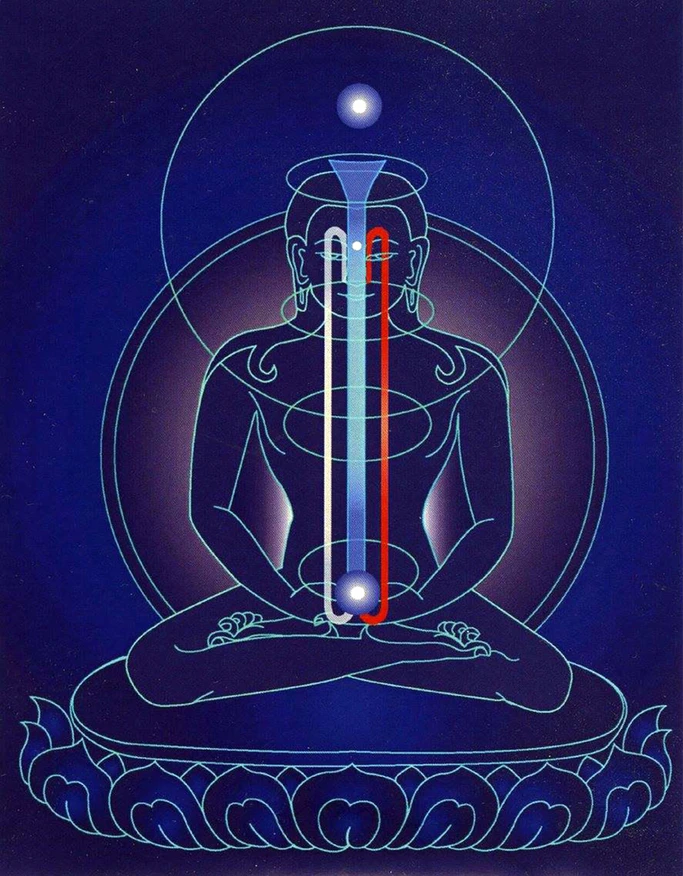
Lucid dreaming is the state of sleeping when you are awakened in your dreams. During lucid dreaming, you become aware that you are dreaming while dreaming. Lucid dreaming is a phenomenon that scientists are still working to understand fully.
Sometimes you can only be a conscious spectator of your dreams, but other times you might be able to make decisions inside your dreams, meet people you want to meet, and go places you always wanted to go.
We know the dreams are strange and in order to control them, Allan Hobson – an American psychiatrist and dream research, suggests to tell yourself before you’re going to sleep that the dreams are strange, therefore you know you are dreaming. You have to do it every night for about three weeks, for just a few seconds before going to sleep. It helps to have a journal at your bedside, so you can write down your sleep experiences.
You can train yourself to dream anything you want to dream about.
“Control of the regular cycles of sleeping, dreaming, and waking states are governed by reciprocal systems of neurotransmitters. Because of their role in controlling relaxation, these chemical systems may prove to play a role in meditation also.”
Where Buddhism Meets Neuroscience
By The Dalai Lama
Dream Yoga: Definition
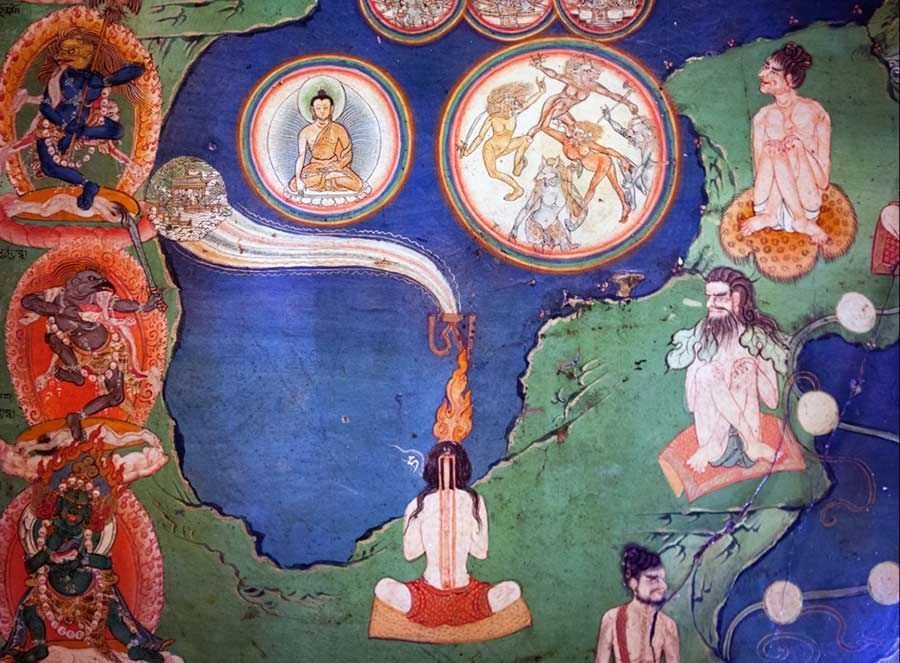
The goal of Dream Yoga is liberation; our intent should be to realize what is beyond dreams altogether. But there are also relative uses of dream that can be beneficial in our everyday life.
These include both using information that we glean from dreams and directly benefiting from experiences that we have in the dream.
There are three types of dream that form a progression in dream practice, although not an exact one: 1) ordinary samsaric dreams, 2) dreams of clarity and 3) clear light dreams.
Samsaric Dreams
The dreams that most of us have most of the time are the samsaric dreams that arise from karmic traces.
The meaning is imputed by the dreamer rather than being inherent in the dream. This is also the case with meaning in our waking life.
Dreams of Clarity
As progress is made in dream practice, dreams become clearer and more detailed, and a larger part of each dream is remembered. This is a result of bringing greater awareness into the dream state.
Dreams of clarity arise when the mind and the prana are balanced and the dreamer has developed the capacity to remain in non-personal presence.
Dreams of clarity may occasionally arise for anyone, but they are not common until the practice is developed and stable. For most of us, all dreams are samsaric dreams based on our daily lives and emotions. Even though we may have a dream about the teachings, or our teachers, or our practice, or buddhas, or dakinis*, the dream is still likely to be a samsaric dream. If we are involved in practice with a teacher, then of course we will dream about these things. It is a positive sign to have these dreams because it means that we are engaged in the teachings, but the engagement itself is dualistic and therefore in the realm of samsara.
If we make the mistake of believing that samsaric dreams are offering us true guidance, then changing our lives daily, trying to follow the dictates of dreams, can become a full-time job. It is also a way to become stuck in personal drama, believing that all our dreams are messages from a higher, more spiritual source. It is not like that.
Clear light Dreams
Clear light dreams arise from the primordial prana in the central channel and can be achieved through prolonged meditation with an experienced teacher.
How to do Dream Yoga?
The first step in dream practice is quite simple: one must recognize the great potential that dream holds for the spiritual journey. Normally the dream is thought to be “unreal,” as opposed to “real” waking life. But there is nothing more real than dream. This statement only makes sense once it is understood that normal waking life is as unreal as dream, and in exactly the same way. Then it can be understood that dream yoga applies to all experience, to the dreams of the day as well as the dreams of the night.
Through Dream Yoga practice we can cultivate greater awareness during every moment of life. If we do, freedom and flexibility continually increase and we are less governed by habitual preoccupations and distractions. We develop a stable and vivid presence that allows us to more skillfully choose positive responses to whatever arises, responses that best benefit others and our own spiritual journey. Eventually we develop a continuity of awareness that allows us to maintain full awareness during dream as well as in waking life.
Then we are able to respond to dream phenomena in creative and positive ways and can accomplish various practices in the dream state. When we fully develop this capacity, we will find that we are living both waking and dreaming life with greater ease, comfort, clarity, and appreciation, and we will also be preparing ourselves to attain liberation in the intermediate state ( bardo) after death.
Consciousness is understood to be a natural condition of the activated brain.
In dream meditation, consciousness is also activated and only recently has been recognized by scientists, but not studied yet. A lot of people around the world have developed insomnia, as a result, sleeping pills became really popular.
Buddhist meditation can be used to help people achieve peace of mind and good sleep as the result.
In Dream meditation, a practitioner can easily access and control the dreaming process.
4 stages of Dream Yoga Practice
Stage 1
Bring your awareness into the central channel. Lie in the lion posture: Men lie on their right side, women on their left. Bend the knees enough to make the body stable, rest the top arm along the side, and place the lower hand under the cheek. Allow the breath to be full and very quiet so that neither the inhalation nor the exhalation can be heard. Visualize a beautiful red lotus with Tibetan letter A in the throat chakra. The lotus has four petals and on each of the petals is a syllable: RA to the front, LA to your left, SHA to the back, and SA to the right. As sleep comes, maintain a light, relaxed focus on the A.
After sleeping for approximately two hours, wake and engage in the second part of the practice.
Stage 2
Take the same position as in the first practice, men on their right sides and women on their left. A particular form of breathing is to be done: inhale and hold the breath very gently. Lightly clench the perineum, the muscles of the floor of the pelvis, so that you have the sense of pulling the held breath upward. Try to experience the breath as being held just below the navel, compressed by the pressure from below. The point of focus is the chakra centered slightly above and behind where the eyebrows would meet on the brow. Visualize a white, luminous ball of light ( tiglé*) in the chakra.
This breathing instruction is quite difficult to repeat. I would suggest to receive oral detailed instructions from a teacher.
Stage 3

This part of the practice is done roughly two hours after the second, about four hours into the sleep period. For this part of the practice, a different position is taken: Lay back on a high pillow. Cross the legs loosely, unlike in meditation posture; it does not matter whether the right or the left leg is on top. The point of focus is the chakra of the heart, inside of which the black, luminous, syllable HUNG is visualized. It faces forward just as the body does. Merge with the syllable so that everything is the black HUNG.Become the black HUNG. Let the mind rest lightly in the black HUNG, and fall asleep.
Stage 4
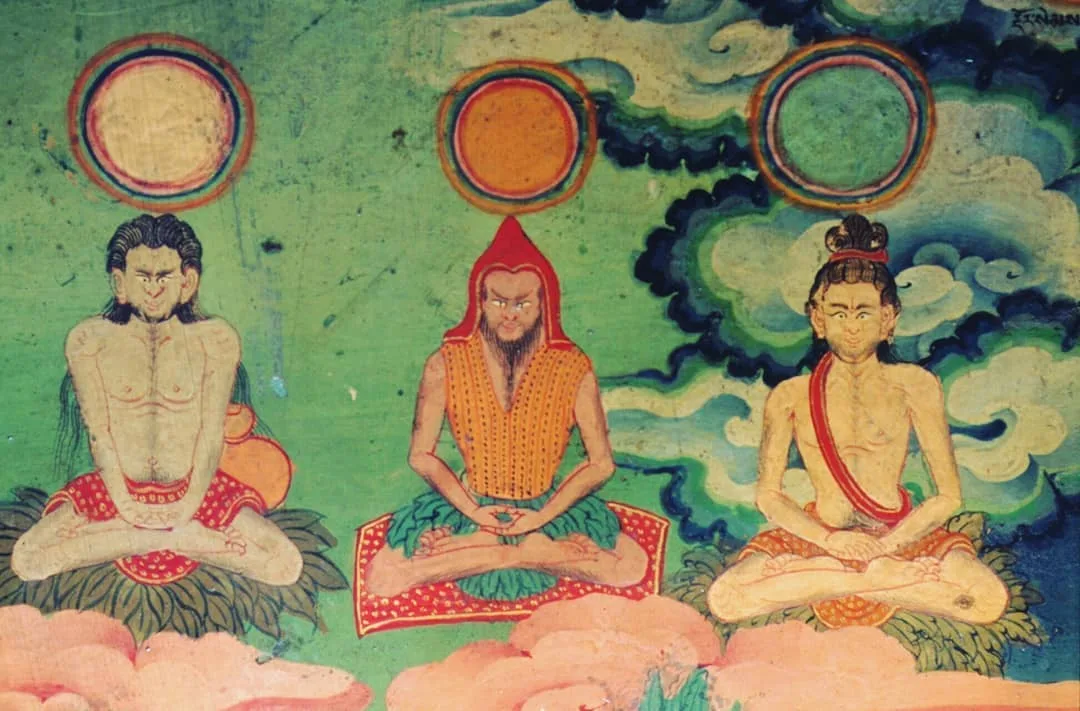
The fourth part of the practice is the easiest.There is no particular position to take; just make yourself comfortable. There is no prescribed breathing; the breath is left in its natural rhythm. Traditionally this is two hours after the last waking, just before the light of dawn. The “secret chakra” is the point of focus, the chakra behind the genitals. Inside the chakra is a sphere of black, luminous light.
Dream Yoga recommended reading list:
- The Essence of Tibetan Buddhism by Traleg Kyabgon
- Dream Yoga and the Practice of Natural Light by Chogyal Namkhai Norbu
- The Bliss of Inner Fire. Heart Practice of the Six Yogas of Naropa by Lama Yeshe
- Awakening the Sacred Body by Tenzin Wangyal Rinpoche
- The Tibetan Yogas of Dream and Sleep by Tenzin Wangyal Rinpoche
Dream Yoga Advice
Q&A
Q:What if I miss one of the practice periods?
A:Although this schedule of waking will promote clarity, it is equally important to be rested, so do not worry if you miss one of the practice periods and just do three. Or even if you miss three and only do one. Do the best that you can, and anything that you cannot do, do not worry about.
So what do you do if after the first part you fall asleep and fail to wake again until dawn? Then practice the second part, not the third or fourth. Never skip one of the four primary practices. The sequence is important.
Q: I feel it’s really overwhelming to do all the 4 stages of Dream Yoga.
A: If you wish, focus on only one point of the practice until the appropriate results are attained. The practices must still be done in order, but in this case, you work with just the first section of the practice every time you wake, repeating it many times over many days, until you have experience in generating peaceful dreams and stability of awareness.
Q: Can I practice Dream Yoga without empowerment from an experienced teacher?
A: Unfortunately there is no substitute for an authentic teacher. Please research teachers in the Bon tradition and try to contact them. You still can practice, but the results will be slower.
Q: Do I need to look for a deeper meaning of my dreams?
A: Ultimately the meaning in the dream is not important. Meaning does not exist until someone starts to look for it. Our mistake is that rather than seeing the truth of the situation, we begin to think that there really is unconscious, a thing and that the dream is real, like a scroll with a secret message written on it in code that, if cracked, anyone could read. We need a deeper understanding of what the dream is, of what experience is, to truly utilize dreaming as an approach to enlightenment.

